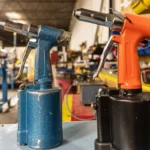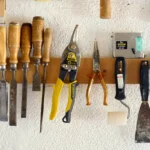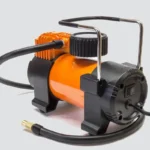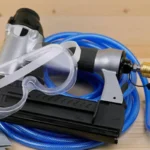Ever fired up an air compressor and wondered if it might wake the neighbors or just your cat? Let’s dig into the noisy world of air compressors. We’ll explore what makes them tick, how loud they can get, and how to pick one that won’t leave your ears ringing.
What is Noise Level?
Noise level is measured in decibels (dB). Think of it as a yardstick for sound. Here’s a quick reference to give you an idea:
- Whisper: 30 dB
- Normal conversation: 60 dB
- Lawn mower: 90 dB
The decibel scale is logarithmic. This means that every increase of 10 dB represents a tenfold increase in sound intensity. So, that lawn mower isn’t just a bit louder than a conversation; it’s a lot louder!
Factors Affecting Air Compressor Noise Levels
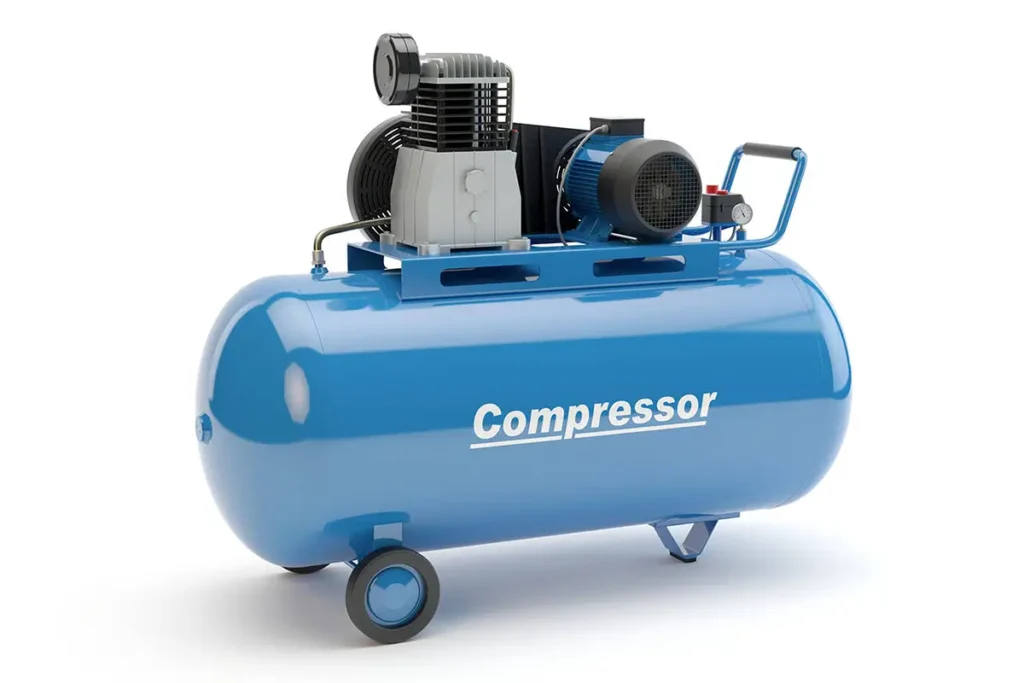
Type of Compressor: Different types of compressors produce different noise levels. Reciprocating compressors are generally noisier due to their mechanical motion. Rotary screw compressors are quieter and more suitable for environments where noise reduction is crucial.
Compressor Size: Bigger compressors tend to be louder. They have larger motors and more components moving around, which contributes to the noise.
Design and Build Quality: Quality matters. Compressors with good insulation and sturdy housing will produce less noise. Features like vibration-reducing mounts can also help.
Operating Conditions: A compressor under heavy load will be noisier than one running at a light load. Ambient temperature and humidity can also affect noise levels.
Typical Noise Levels of Different Air Compressors
| Compressor Type | Noise Level (dB) |
|---|---|
| Small portable compressors | 60-75 dB |
| Consumer-grade stationary compressors | 70-85 dB |
| Industrial-grade compressors | 80-100+ dB |
Portable compressors are generally quieter, while industrial ones can be significantly louder, sometimes reaching levels that require hearing protection.
Measuring Air Compressor Noise
Tools and Methods: Use a decibel meter to measure noise levels. You can also use smartphone apps, though they may be less accurate.
Measurement Techniques: Measure at a standard distance from the compressor (usually about 1 meter). Ensure consistent environmental conditions to get accurate readings.
Interpreting Results: Higher dB levels mean louder compressors. Consider both the peak noise level and the average noise level during operation.
Tips for Reducing Air Compressor Noise
Soundproofing: Enclose the compressor in a soundproof box. Use materials like foam or rubber to dampen the sound.
Maintenance: Keep your compressor in good shape. Worn parts can cause more noise. Regular checks and lubrication help keep it running smoothly.
Upgrading Components: Swap out noisy parts for quieter ones. Add mufflers or silencers to reduce noise.
Isolation: Place the compressor on anti-vibration pads. These absorb vibrations that can amplify sound. Proper mounting also helps keep noise levels down.
Quiet Air Compressor Options
If noise is a big concern, look for models specifically designed to be quiet.
| Model | Noise Level (dB) | Key Features |
|---|---|---|
| California Air Tools 8010 | 60 dB | Oil-free, quiet motor, 8-gallon tank |
| DeWALT DWFP55130 | 71.5 dB | Compact design, 2.5-gallon tank, efficient motor |
| Makita MAC2400 | 79 dB | Durable cast iron pump, 4.2-gallon tank |
These models are designed with features that minimize noise without sacrificing performance.
Conclusion
Choosing the right air compressor involves balancing performance and noise levels. For home use or environments where noise is a concern, investing in a quieter model can make a big difference. Remember to maintain your compressor well and consider soundproofing or upgrading components to keep the noise down.

Matthew Dowell
Matthew, a seasoned builder from a family of craftsmen, leads Tools Trove. His passion for tools and decades of hands-on experience fuel his commitment to providing expert reviews and insightful content. Whether you’re a pro or a DIY enthusiast, Matthew’s guidance ensures informed decisions in the world of tools.

